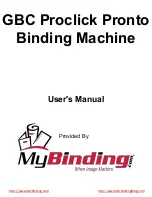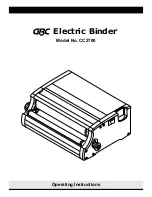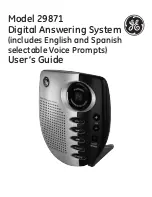
POLYPROPYLENE BRUSHES
(PPL)These are used on all types of floors and offer good resistance to wear and to hot water (not
more than 60°C). PPL is not hygroscopic and preserves its characteristics even when wet.
NYLON BRUSHES
These are used on all types of floors and offer good resistance to wear and to hot water (even more
than 60°C). Nylon is hygroscopic and consequently tends, over a period of time, to lose its
characteristics when working on wet floors.
TYNEX BRUSHES
The bristles on these brushes are impregnated with highly aggressive abrasives. These are used to
clean very dirty floors. We recommend using only the bare pressure necessary to prevent damage
to the floor.
STEEL BRUSHES
Bristles are made of steel wire or flat blades or are mixed steel and synthetic fibres. The steel wire
brush is used to remove scale from badly uneven floors or floors with wide joints between tiles.
Brushes with flat steel bristles (stiffer) are used to clean the toughest scale.
BRUSH THICKNESS
Thicker bristles are stiffer and should be used on smooth floors or floors with narrow joints
between tiles. We recommend using softer bristles when floors are uneven or have deep joints or
raised edges. Softer bristles penetrate easier into joints. Remember that when brush bristles are
worn and become too short they become stiffer and are no longer able to penetrate in depth. This
is also because, as when using bristles that are too big, the brush tends to jump and skip.
PAD HOLDERS
Pad holders are recommended for cleaning polished surfaces. There are two types of pad holder:
•Traditional pad holders with sets of anchor stubs that retain and drive the abrasive disk during
operation.
•CENTER LOCK pad holders, which, in addition to anchor stubs, also have a plastic snap-in
centre, lock system. This permits perfect entering of the abrasive disk and ensures it is kept
anchored without detaching. This type of pad holder is best for machines with several brushes
where it is difficult to centre the abrasive disks.
































